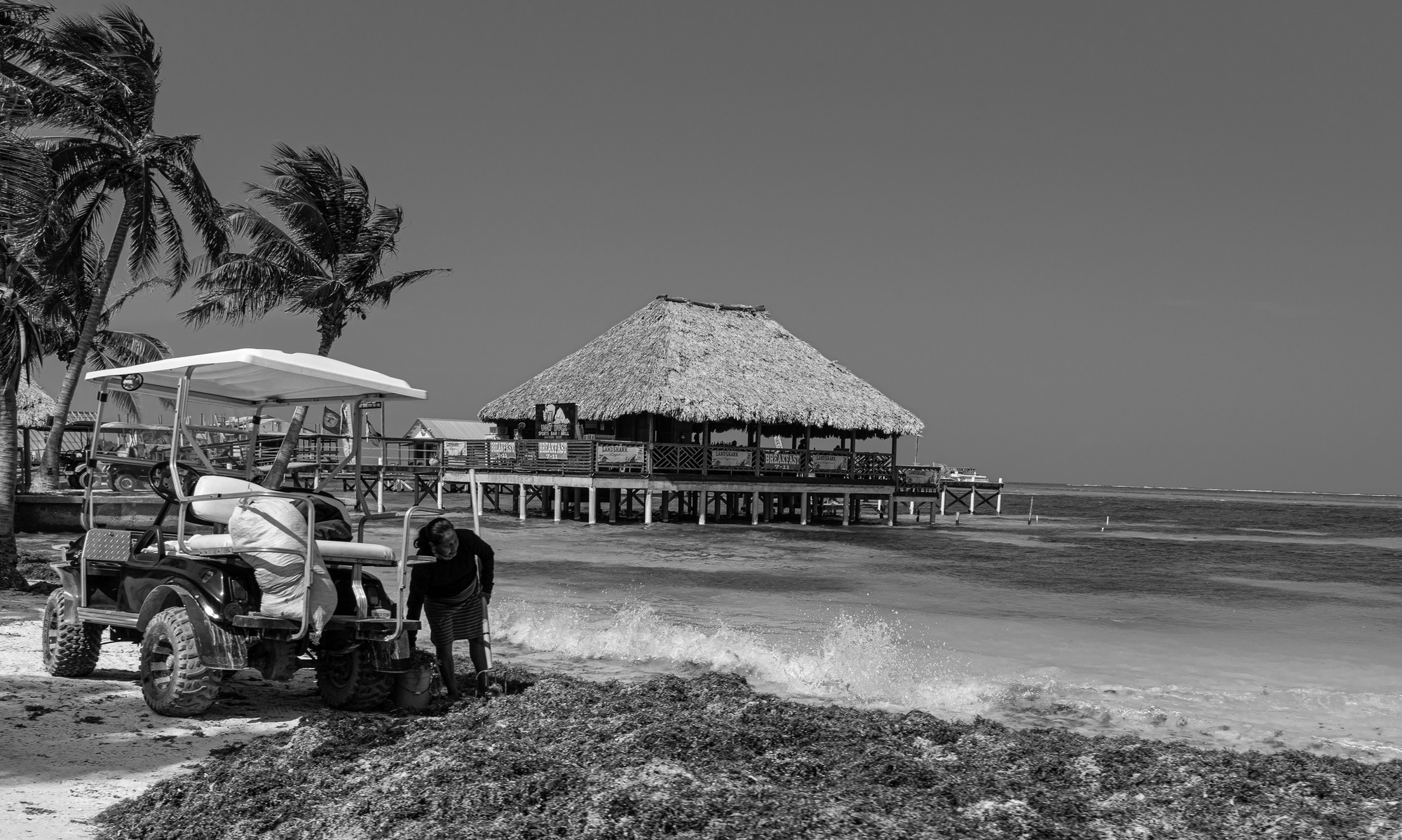Sargassum
April 23, 2021Sargassum, a sprawling floating mass of seaweed spanning from the coast of West Africa to the Gulf of Mexico, has become an enduring presence in our oceanic landscapes. This phenomenon, once a rarity, has now become a new norm, presenting both environmental challenges and a stark reminder of the interconnectedness of our ecosystems. The proliferation of this algal explosion can be attributed to a combination of factors, including deforestation and the excessive use of fertilizers, which contribute to nutrient runoff into the ocean. As these nutrients accumulate, they fuel the rapid growth of sargassum, transforming once serene shorelines into tangled mats of seaweed. The consequences are far-reaching, impacting marine life, coastal economies, and the overall health of our delicate ecosystems. In places like San Pedro, Belize, where the seaweed regularly inundates the shores, the efforts to clean and maintain the pristine beauty of the coastline are constant and demanding. As they toil under the scorching sun, these dedicated individuals exemplify an unwavering commitment to preserving the natural wonders that surround us. Amidst the challenges posed by sargassum, there is a growing awareness of the need for sustainable practices and innovative solutions to mitigate its impact. Only through collaborative efforts and a deep understanding of the intricate balance between human activity and the natural world can we hope to find lasting solutions and restore the delicate equilibrium of our oceans.





